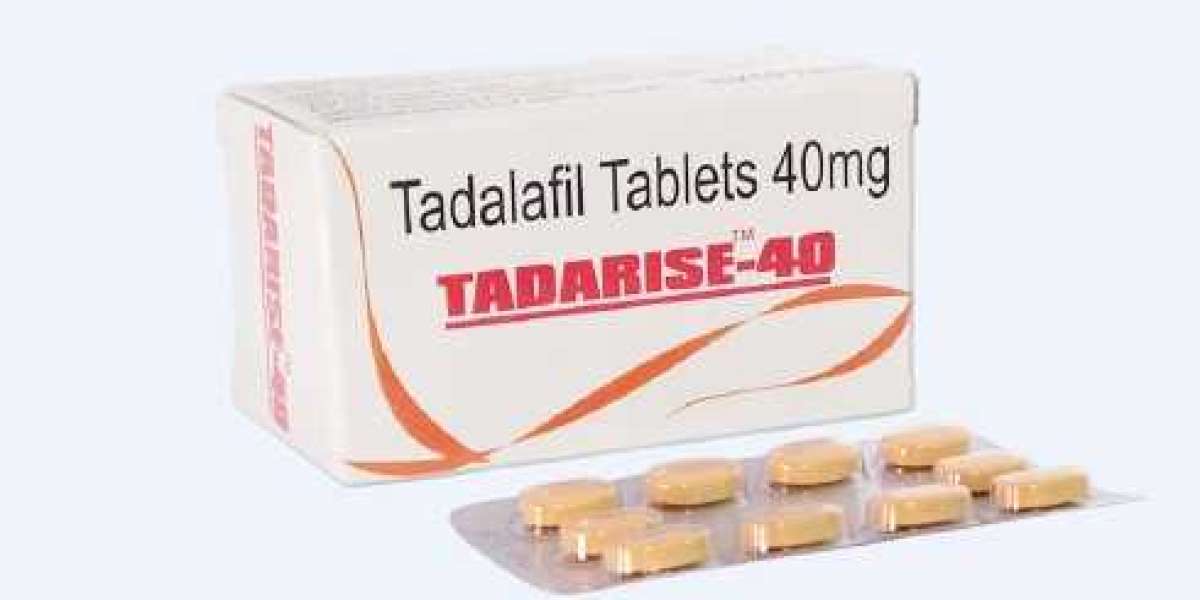Keeping koi fish healthy and vibrant requires best koi pond filtration system setup more than just a beautiful pond — it requires clean, well-filtered water. A koi pond filtration system is critical for maintaining water quality, removing waste, and creating a balanced aquatic environment. Without proper filtration, toxins like ammonia and nitrite can accumulate, leading to poor fish health or even fatalities. This article explores the importance of koi pond filters, the different types available, and how to maintain an effective filtration system.
Why Koi Pond Filtration Is Essential
Koi are large, ornamental fish that produce a significant amount of waste. Left unfiltered, this waste quickly builds up in the water, creating toxic conditions. In natural bodies of water, ecosystems balance themselves through natural filtration involving plants, sediment, and microbial life. However, in a closed koi pond system, filtration must be artificially provided to mimic this balance.
The primary purposes of a koi pond filter system are:
Mechanical filtration: Removes physical debris like uneaten food, leaves, and fish waste.
Biological filtration: Breaks down harmful substances (ammonia and nitrite) into less toxic forms (nitrate) using beneficial bacteria.
Chemical filtration (optional): Absorbs toxins using activated carbon or other media.
A properly filtered pond keeps the water clear, minimizes algae growth, and ensures fish have a healthy environment.
Components of a Koi Pond Filtration System
A koi pond filter setup typically includes several key components:
1. Pre-Filter or Skimmer
The skimmer captures floating debris like leaves and twigs before they sink and decay. It's installed at the surface and helps reduce organic load, making downstream filtration more efficient.
2. Mechanical Filter
Mechanical filters trap solid waste particles. Common types include:
Filter mats and brushes: Capture fine and coarse particles.
Vortex or settlement chambers: Use gravity to separate solids from water.
Sieves: Very effective in removing large debris before water enters the biological filter.
3. Biological Filter
This is the heart of the filtration system. Biological filters house colonies of nitrifying bacteria that convert harmful ammonia into nitrites, then into nitrates. Popular bio media include:
Bio balls
K1 moving bed media
Ceramic rings
Japanese matting
A biological filter often requires good water flow and aeration to support bacterial activity.
4. UV Clarifier (Optional)
A UV clarifier uses ultraviolet light to destroy algae cells suspended in the water. This keeps the pond clear and prevents green water problems. While not necessary for all ponds, it's especially helpful in warmer months.
5. Pump
The pump circulates water through the filter system and back into the pond. It's essential to size the pump appropriately for your pond’s volume and head height. Energy-efficient pumps help reduce electricity costs over time.
6. Bottom Drain
For larger koi ponds, a bottom drain helps remove debris that settles at the bottom. It connects directly to the filtration system, reducing the need for manual cleaning.
Types of Koi Pond Filtration Systems
Koi pond filters come in several designs, each with pros and cons. Here are the most common:
Gravity-Fed Systems
Water flows from the pond to the filter via gravity, usually through a bottom drain. These systems are efficient and allow high flow rates, making them ideal for larger koi ponds. However, they require careful planning and installation below pond level.
Pump-Fed Systems
Water is pumped from the pond into the filter and returns via gravity or another pump. These systems are easier to install and more common in smaller ponds. However, they can push debris into the pump, which may reduce the lifespan of the equipment.
Pressurized Filters
These are compact, sealed units where water is pumped in and filtered under pressure. They are convenient and easy to install above ground, making them popular in small to medium-sized ponds. Many include built-in UV clarifiers.
DIY Filter Systems
Many hobbyists build custom filtration systems using barrels, crates, or containers filled with media. While more affordable and customizable, DIY systems require a good understanding of filtration principles and ongoing maintenance.
Choosing the Right Filter System
The ideal koi filter pond system depends on several factors:
Pond size and depth
Number and size of koi
Sunlight exposure (affects algae growth)
Budget and space availability
Maintenance preferences
As a general rule, aim to circulate the entire pond volume once every one to two hours. Oversizing your filtration system is better than undersizing — koi grow large and water quality needs change over time.
Maintenance and Tips for Success
A koi pond filter is not a "set and forget" component — it needs regular maintenance to work effectively. Here are key tips:
Clean mechanical filters weekly or biweekly to prevent clogging.
Rinse bio media only with pond water (never tap water), and only when necessary, to preserve beneficial bacteria.
Monitor water parameters using test kits. Ideal levels: Ammonia = 0, Nitrite = 0, Nitrate 40 ppm.
Backwash pressurized filters as recommended by the manufacturer.
Winterize your system in colder climates if you shut down the pond during winter.
Replace UV bulbs annually to maintain effectiveness.
Benefits of a Well-Filtered Koi Pond
Investing in a quality koi pond filtration system yields multiple benefits:
Healthier fish with lower disease risk.
Crystal-clear water, enhancing visual appeal.
Reduced algae problems and more balanced water chemistry.
Lower long-term costs due to fewer medical treatments and fish loss.
Easier maintenance, especially with automated or self-cleaning filters.
Final Thoughts
A koi pond filter isn’t just an accessory — it’s an essential component of a successful pond. Whether you're a beginner or an experienced koi keeper, understanding filtration fundamentals ensures your fish thrive in a clean, stable environment. From simple pump-fed setups to advanced gravity-fed systems with bottom drains and UV clarifiers, there’s a solution for every pond and budget. Prioritize clean water, and your koi will reward you with health, color, and years of enjoyment.



